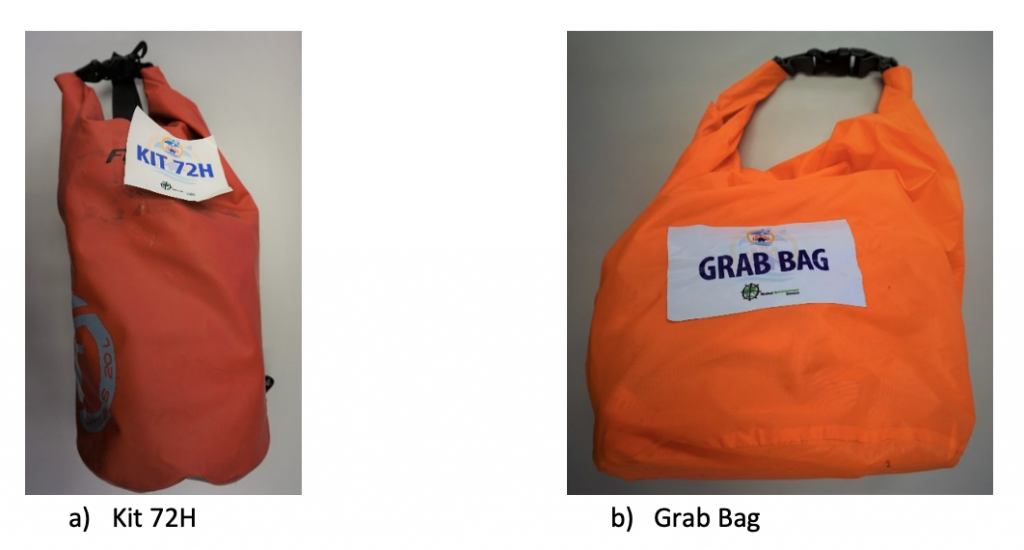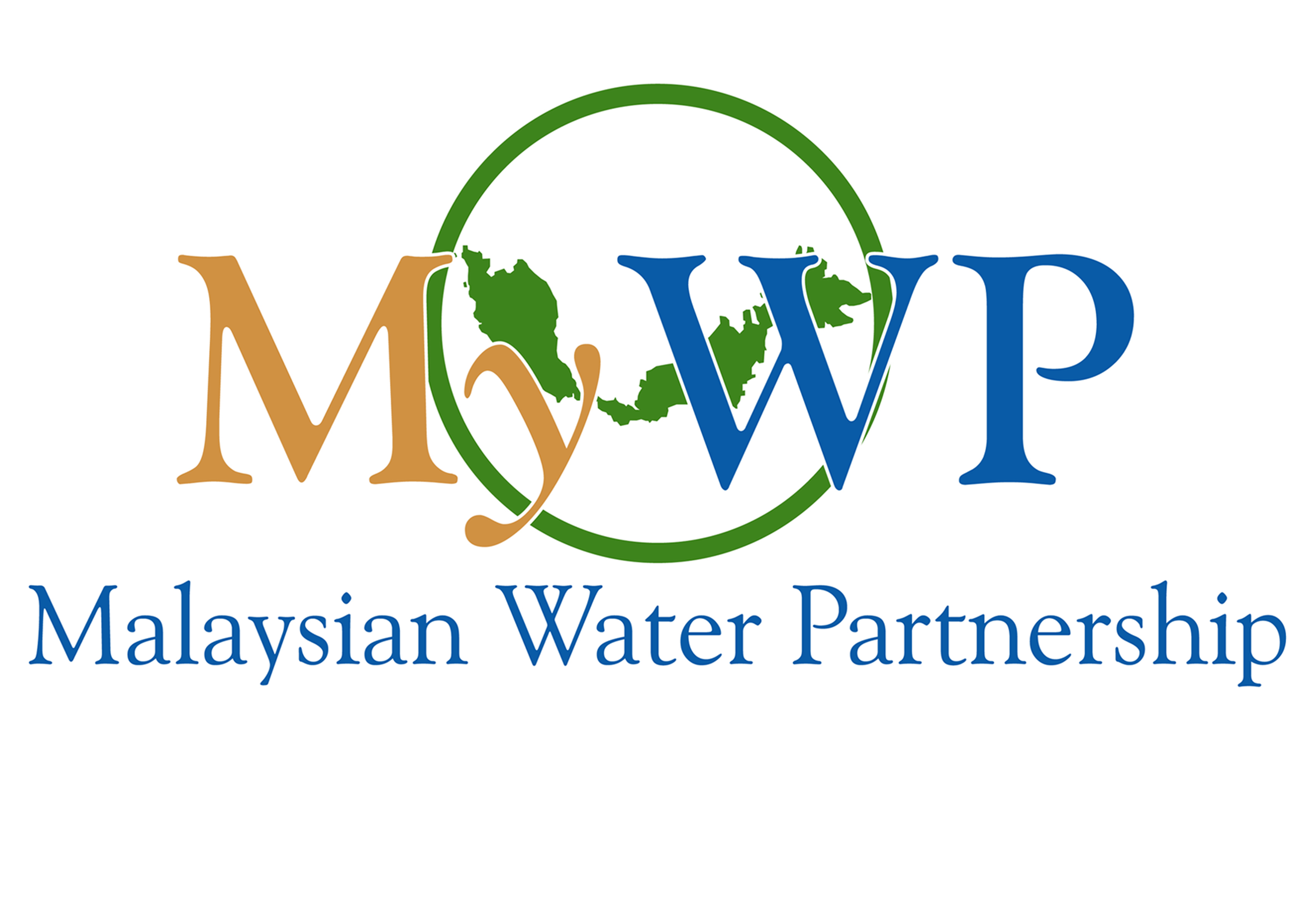Developing Community Resilience in Living with Floods – 30 to 31 Oct 2019, Ipoh, Perak.

Flood issues in Malaysia started back in 1920, with the one in 1971 claimed to be the worst before the recent 2014 flood. Source from the National Register of River Basins by Department of Irrigation and Drainage Malaysia (DID), indicates that 33.298 square miles (10.1%) of the country’s total area are flood prone areas which encompasses about 5.67 million people. SENDAI Framework for Disaster Risk Reduction 2015 – 2030 and GAP Analysis Report on Flood Disaster Management in Malaysia indicates that rapid urbanization and climate change due to the anthropogenic activities increases uncertainty on disasters especially on the unpredictability of extreme weather. It is believed that the features of climate change in the scale, frequency, severity will continue to grow in the coming years, and at an accelerating pace.
To address this problem, Malaysia Country Water Partnership (MyCWP) together with its partners, the Global Environment Center (GEC), DID Malaysia, National Disaster Management Agency (NADMA), and Universiti Putra Malaysia (UPM) successfully held a pilot and demonstration projects on integrated flood management programme. The event was held from 30-31 October 2019 at Kinta Riverfront Hotel, Ipoh, Perak, Malaysia. The event consists of several activities, in particular: focus group discussion, demonstration projects, field activities, and discussion. Several objectives were set to ensure the participants were equipped with the knowledge and know-how in dealing with flood preparedness. These objectives among others were: catalyze changes in taking appropriate actions, educate both government agencies at state and district level, and communities at grass-root level, strengthened networks, introduce and promote community-based hazard mapping, and create a platform to support the communities. About 50 participants were engaged, representing wide stakeholders from the federal government, state government, local/district government, NGOs, CBOs, and village heads. Among these participants were the key stakeholders such as the Drainage and Irrigation Department (DID), NADMA, local authorities, and village heads.
Engaging local communities and empowering them is part of the preparedness towards flood disaster management (before-during-after) to be able to survive the catastrophe. Many government institutions also embark on public and community engagement in accordance with Directive No. 20, the “Policy, and Mechanism on National Disaster Relief and Management”. In addition, support and information sharing from various agencies and departments were also provided to empower the local communities. The pilot and demonstration projects adopted a civic science approach. This was done through hands-on activities and empowerment through field training as well as exposure as it will be helpful in preparing the communities to be resilient and address the calamity in future through the use of available modules. The participants also taught how to use and prepare the ‘72H kit’ and ‘Grab bag’. The 72H kit and Grab bag are designed as a dry bag that contains highly important items. The 72H kit contains survival items during the 72 hours after the flood which is a critical time before the help or assistance from the disaster agencies reach the communities. The Grab bag on the other hand, should contain several items such as: important documents; emergency kit and medicines; hygiene kits; personal kit; and other important items (see top featured image)
Focus at the community level has been part of the Malaysia Country Water Partnership’s DNA. Numerous activities targeting community level have been carried out together with its partners, mainly GEC. The two most notable examples are the River Ranger Program and the Community-Based Flood Preparedness and Mitigation. With considerable effort since the last decade, the Malaysia Country Water Partnership initiatives have led to fruitful outcomes. These outcomes among others are increasing number of government agencies from eight states in Peninsular Malaysia and their districts, and other non-governmental organisations who have adopted the community empowerment approach in implementing their flood-preparedness programmes and the number of communities engaged in community-based related programme are increasing significantly, which leads to increased community resilience in flood related disaster. The next target-community will be the East Malaysian states of Sabah and Sarawak.
